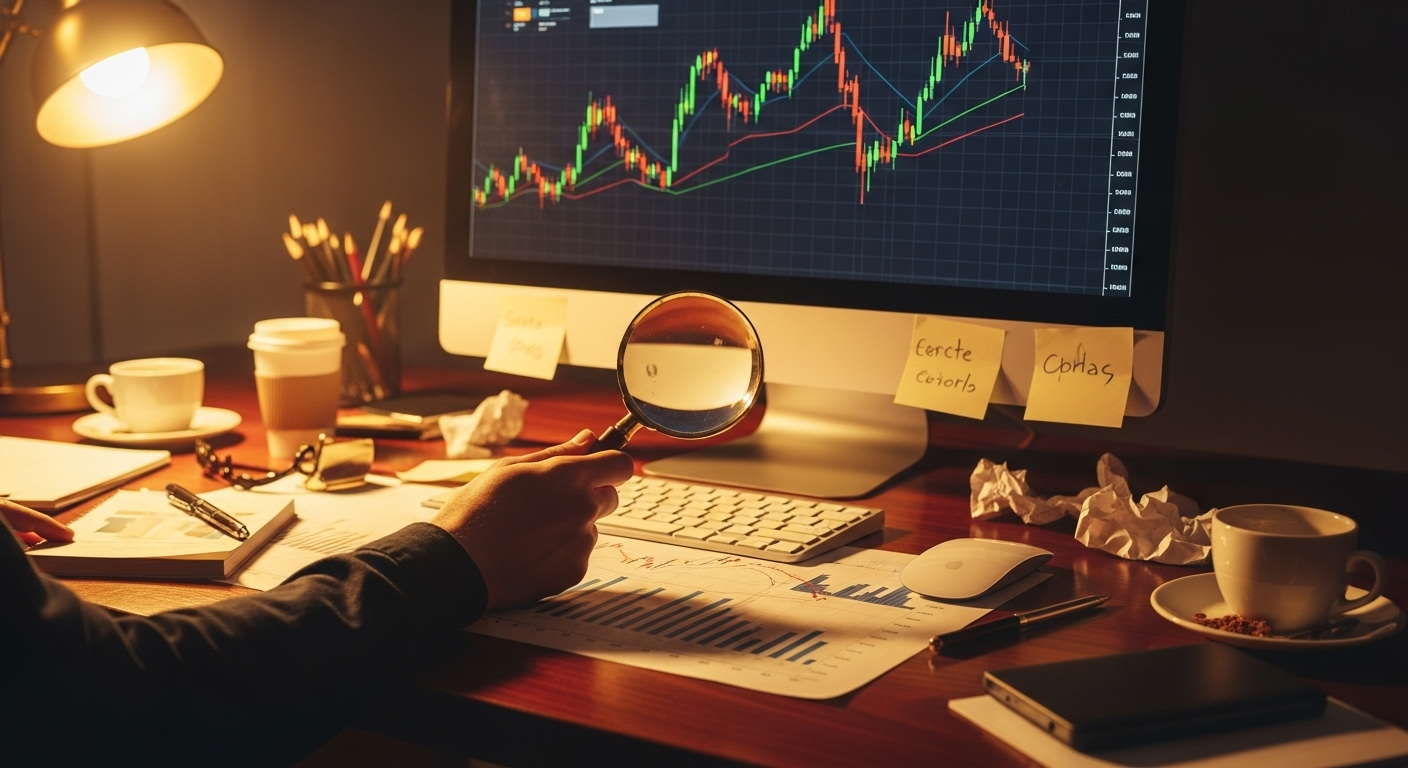Ready to elevate your forex trading from guesswork to a data-driven approach? Forex backtesting is essential! It rigorously tests trading strategies on historical data, offering insights into potential performance before risking capital. This guide covers everything needed to master forex backtesting and improve trading results.
Jump To Section:
- What is Forex Backtesting?
- How to Backtest Forex Strategies Effectively
- Best Forex Backtesting Software
- Interpreting Forex Backtesting Results
- Limitations of Forex Backtesting
- Combining Backtesting with Live Trading
- Advanced Forex Backtesting Techniques
- Conclusion
What is Forex Backtesting?
Forex backtesting applies a trading strategy to historical forex market data, simulating performance over a specific period. It’s a simulator for traders, testing ideas without financial risk. The importance of forex backtesting lies in its ability to:
- Evaluate a trading strategy’s viability.
- Identify weaknesses and areas for improvement.
- Optimize strategy parameters for profitability.
- Build confidence in your trading approach.
Understanding past strategy performance informs future trading decisions.
How to Backtest Forex Strategies Effectively
Effective forex backtesting needs a systematic approach. Follow these steps for accurate results:
- Define your strategy: Clearly outline rules for entry, exit, and risk management.
- Gather historical data: Obtain quality historical forex data for relevant currency pairs and timeframes.
- Choose your backtesting tool: Select software or a platform suiting your needs and trading style.
- Implement your strategy: Program or manually execute your strategy on historical data.
- Analyze the results: Evaluate key metrics like profit factor, drawdown, and win rate.
- Optimize your strategy: Adjust parameters based on backtesting results to improve performance.
Backtesting quality depends on data accuracy and simulation realism.
Best Forex Backtesting Software
Several forex backtesting software options exist, each with strengths and weaknesses. Popular choices include:
- MetaTrader 4/5: Widely used platforms with built-in backtesting and a vast library of custom indicators and Expert Advisors (EAs).
- TradingView: A web-based charting platform with Pine Script for backtesting and automating strategies.
- Forex Tester: Dedicated forex backtesting software simulating real-time trading with realistic tick data.
- MATLAB: A programming environment for advanced backtesting and data analysis.
Consider budget, technical skills, and specific needs when choosing forex backtesting software.
Interpreting Forex Backtesting Results
Numbers from forex backtesting are meaningless without context. Key metrics to analyze:
- Net Profit: Total profit generated by the strategy over the backtesting period.
- Profit Factor: Ratio of gross profit to gross loss. Above 1 indicates a profitable strategy.
- Maximum Drawdown: Largest decline in equity during backtesting, measuring strategy risk.
- Win Rate: Percentage of winning trades.
- Average Trade Length: Average duration of trades.
Analyze these metrics together for a comprehensive understanding. Consider risk-adjusted return, not just net profit.
Limitations of Forex Backtesting
While forex backtesting is valuable, recognize its limitations:
- Past performance doesn’t guarantee future results: Market conditions change; past success doesn’t ensure future success.
- Curve fitting: Over-optimizing for historical data can lead to poor live trading performance.
- Data quality: Inaccurate data can skew results.
- Slippage and spread: Simulations often don’t account for slippage and spread, impacting live profitability.
Use forex backtesting as part of a comprehensive trading plan, aware of these limitations.
Combining Backtesting with Live Trading
The best way to use forex backtesting is with live trading. Backtest to identify weaknesses and optimize parameters. Then, test in a demo account to experience real-time market conditions. Finally, implement in a live account with small positions, monitoring and adjusting as needed.
This refines your strategy based on historical data and real-world experience.
Advanced Forex Backtesting Techniques
For experienced traders, here are advanced forex backtesting techniques:
- Walk-forward optimization: Divide data into periods and optimize the strategy on each, avoiding curve fitting.
- Monte Carlo simulation: Run multiple backtests with slightly different data to assess strategy robustness.
- Stress testing: Subject the strategy to extreme conditions to evaluate resilience.
These provide deeper insights, helping develop robust trading systems.
Conclusion
Forex backtesting is vital for any serious forex trader. Testing strategies on historical data reveals potential performance, identifies weaknesses, and optimizes your approach. Be aware of limitations and combine it with live trading for best results. Start backtesting today to improve your trading!



